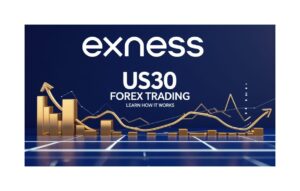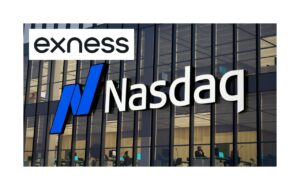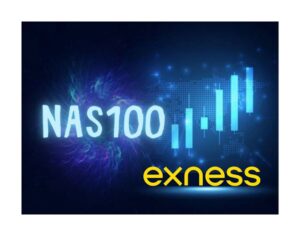Exness TradingView provides traders with a powerful charting and analysis tool to enhance their trading experience. This platform integrates seamlessly with Exness accounts, allowing users to access real-time market data, apply technical analysis tools, and execute trades directly from the TradingView interface. Whether you’re a beginner or an experienced trader, TradingView offers a user-friendly interface, customizable charts, and a variety of indicators to help identify trading opportunities. With its ability to analyze multiple time frames and view different asset classes, it becomes an essential tool for traders looking to stay ahead in the fast-paced financial markets.
Why Use Exness with TradingView
Pairing Exness with TradingView lets traders combine advanced analysis tools with a robust trading platform. TradingView’s charting capabilities, including over 100 technical indicators like moving averages and RSI, help identify entry and exit points. Exness, a trusted broker since 2008, supports forex, commodities, cryptocurrencies, and indices with platforms like MetaTrader 4 (MT4), MetaTrader 5 (MT5), and the Exness Terminal. While direct integration is limited, manual workflows or third-party bridges make the connection effective.
- TradingView offers customizable charts and tools like trendlines and Fibonacci retracements for precise market analysis.
- Monitor live price feeds to respond quickly to market changes.
- Set custom alerts for price levels or indicator signals to stay proactive.
- Exness ensures quick trade execution with low spreads, ideal for scalpers and day traders.
- Use TradingView on any device and execute trades via Exness’s mobile or desktop platforms.
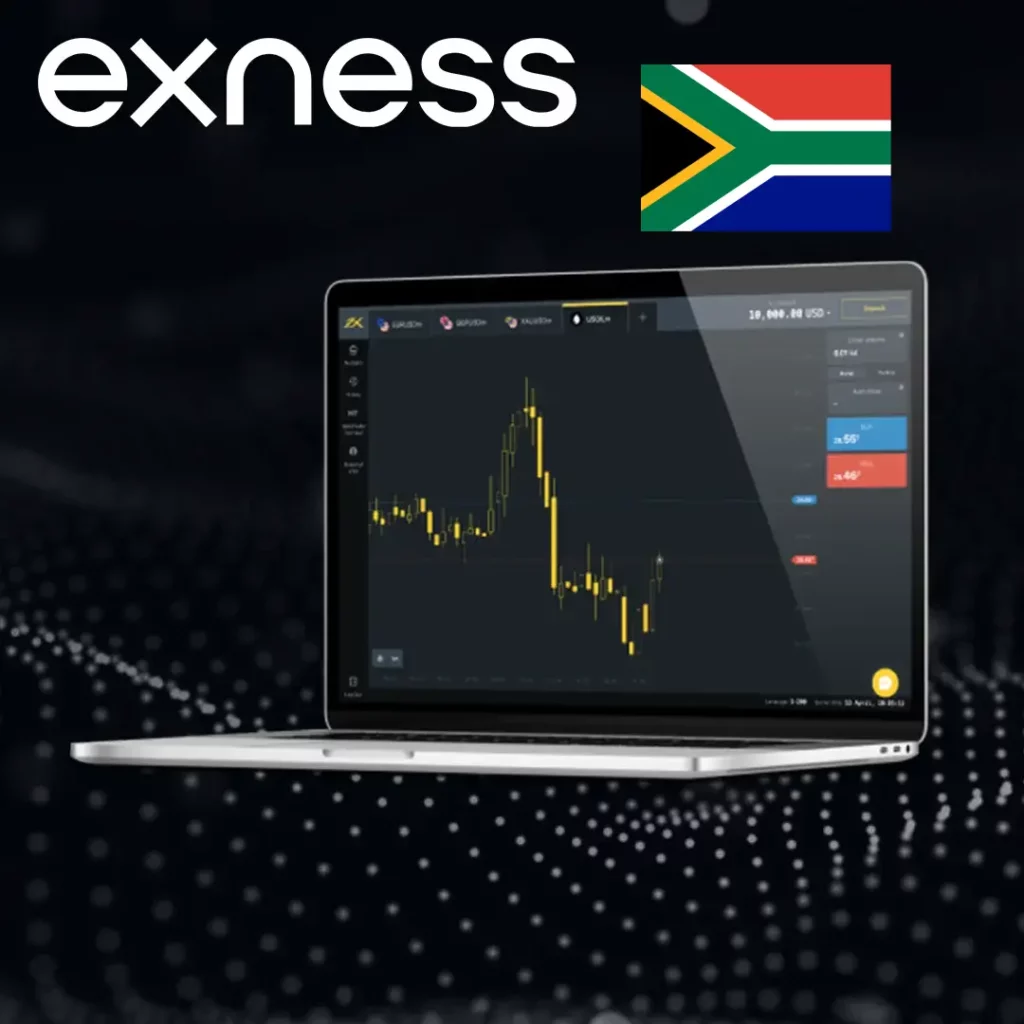
There are a few limitations when using Exness with TradingView. First, there is no direct integration, meaning you cannot place trades directly from TradingView to Exness, and manual execution or third-party tools are required. This manual process can slow down fast-paced trading strategies. Additionally, beginners may face a learning curve as they familiarize themselves with the features of both platforms, which could take some time to fully master.
Step-by-Step Guide to Using Exness with TradingView
Follow these steps to set up Exness and TradingView, analyze markets, and execute trades effectively.
Set Up Your Exness Account
- Visit the Exness website and create an account. Complete the registration by providing personal details and verifying your identity.
- Select from Standard, Pro, Raw Spread, or Zero accounts based on your trading style. Beginners may prefer the Standard account for simplicity.
- Install MT4 or MT5 on your desktop or mobile device. Log in using your Exness credentials.
- Deposit funds via bank transfer, card, or e-wallets. Exness offers instant withdrawals for convenience.
- Use a demo account to test the platform and familiarize yourself with trade execution.
Create a TradingView Account
- Sign up on TradingView’s website for a free or premium account. Premium plans unlock more indicators and alerts.
- Customize charts, add instruments to your watchlist, and save layouts for quick access.
- Get familiar with technical indicators, drawing tools, and the alert system to prepare for market analysis.
Analyze Markets on TradingView
- Use TradingView’s search bar to choose an instrument, such as EUR/USD, gold, or Bitcoin.
- Add indicators like moving averages, Bollinger Bands, or MACD to identify trends. For example, a 50-day moving average crossing above a 200-day moving average signals a bullish trend.
- Draw support/resistance levels or trendlines to mark key price zones.
- Track live price movements to spot trading opportunities.
Popular indicators for analysis:
- Smooth price data to confirm trend direction.
- Detects overbought (above 70) or oversold (below 30) conditions.
- Measures volatility and identifies breakout points.
- Helps set stop loss levels and track trend direction.
Set Up TradingView Alerts
- Click the “Alert” icon on TradingView and set conditions, such as price hitting a specific level or RSI crossing 70.
- Opt for email, app, or desktop notifications to stay updated.
- Verify that alerts trigger correctly to ensure reliability during live trading.
Execute Trades Manually on Exness
- Log into your Exness account on MetaTrader.
- Based on TradingView’s analysis, execute buy or sell orders. For instance, if TradingView signals a breakout above resistance on GBP/USD, place a buy order on MT4/MT5.
- Define lot size, stop loss, and take profit levels. Example: Set a stop loss 15 pips below entry and a take profit 30 pips above for a 1:2 risk-to-reward ratio.
- Use MT4/MT5 to track open positions and adjust as needed based on TradingView alerts.
Use Exness Terminal with TradingView Charts
Exness’s proprietary Terminal integrates TradingView charts for a streamlined experience:
- Log into your Exness Personal Area and select an MT5 account.
- Go to Profile > Settings > Trading Terminal and activate TradingView charts.
- Add tools like moving averages or RSI directly in the Terminal.
- Execute trades directly in the Exness Terminal based on your chart analysis.
Explore Third-Party Bridge Solutions
For traders seeking automation, third-party bridges can connect TradingView alerts to Exness:
- Options like TradeCopier or AutoTradeSoft link TradingView signals to MT4/MT5.
- Download and configure the bridge to connect both platforms.
- Create TradingView alerts to trigger buy/sell signals.
- Use a demo account to ensure the bridge works smoothly.
- Apply the setup to live trading for faster execution.
Benefits of Combining Exness and TradingView
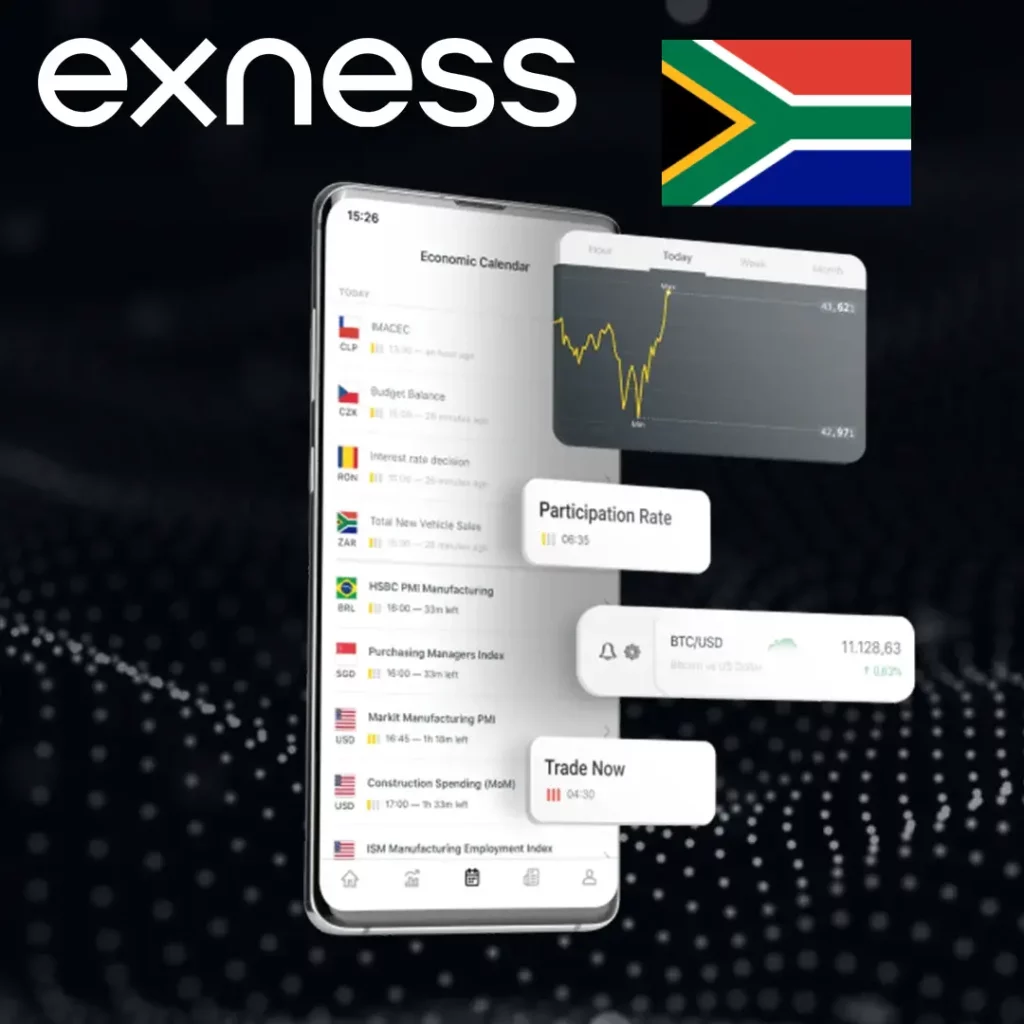
Combining Exness and TradingView creates a powerful setup for traders seeking precision and efficiency. Here’s why this pairing stands out:
- Advanced Charting Meets Reliable Execution: TradingView’s extensive charting tools, including over 400 built-in indicators and drawing tools, allow for in-depth technical analysis. Paired with Exness’s fast execution and low spreads (as low as 0.0 pips on Raw Spread accounts), traders can act on insights with minimal cost and delay.
- Multi-Asset Flexibility: Exness supports a wide range of instruments—forex pairs, metals, energies, indices, and cryptocurrencies—while TradingView provides real-time data and analysis for these assets, enabling diversified trading strategies.
- Accessibility Across Devices: Both platforms are accessible on desktop, mobile, and web browsers, ensuring traders can analyze markets and execute trades seamlessly, whether at home or on the go.
- Community and Learning Resources: TradingView’s social features allow you to follow top traders, share ideas, and learn from community strategies, while Exness offers educational resources and demo accounts to practice risk-free.
This combination empowers traders to make informed decisions and execute trades efficiently, leveraging the strengths of both platforms.
Exness and TradingView Common Challenges and Solutions
Integrating Exness with TradingView offers traders a powerful combination of advanced charting tools and reliable trade execution, but it’s not without its hurdles. While TradingView provides robust technical analysis capabilities and Exness delivers fast execution with low spreads, certain challenges can arise due to the lack of direct integration and the complexity of both platforms. Understanding these common issues and their solutions can help traders streamline their workflow, enhance efficiency, and make the most of this dynamic duo. The table below outlines key challenges and practical solutions to ensure a smoother trading experience.
| Challenge | Description | Solution |
| Lack of Direct Integration | Without native integration, traders must manually execute trades on Exness based on TradingView signals, which can be time-consuming. | Use third-party bridge tools like TradeCopier or AutoTradeSoft to automate trade execution. Alternatively, practice quick manual execution using Exness’s one-click trading feature on MT4/MT5. |
| Learning Curve for Beginners | The extensive features of TradingView and Exness platforms can overwhelm new traders. | Start with TradingView’s free plan and Exness’s demo account to experiment with indicators, alerts, and trade execution without financial risk. Explore Exness’s educational webinars and TradingView’s tutorials to build confidence. |
| Alert Delays or Missed Signals | Slow notifications or poorly configured alerts on TradingView can lead to missed opportunities. | Test alerts thoroughly in TradingView’s settings and opt for multiple notification channels (e.g., email and app). Ensure a stable internet connection to receive real-time updates. |
| Managing Multiple Platforms | Switching between TradingView and Exness can disrupt workflow, especially for scalpers. | Use the Exness Terminal with integrated TradingView charts for a more streamlined experience, or set up a dual-monitor workspace to keep both platforms visible. |
Addressing these challenges proactively ensures a smoother trading experience.
Tips for Optimizing Your Trading Workflow
To maximize efficiency and profitability when using Exness with TradingView, consider these practical tips:
- Use TradingView to analyze markets across different timeframes (e.g., 1-hour, 4-hour, daily) to confirm trends and avoid false signals. For example, ensure a breakout on a 1-hour chart aligns with the daily trend.
- Set up TradingView’s Pine Script to create custom indicators or automate alert conditions, reducing manual analysis time.
- Always use stop-loss orders on Exness to limit losses. Aim for a risk-to-reward ratio of at least 1:2, as outlined in Step 5.
- Check Exness’s spread and commission structure for your chosen account type to optimize trading costs, especially for high-frequency strategies.
- Use TradingView’s news feed alongside Exness’s economic calendar to anticipate volatility from events like central bank announcements or earnings reports.
Implementing these tips can streamline your workflow and enhance decision-making.

Analyzing and Refining Strategies Exness
After executing trades on Exness, it’s essential to review your performance to refine your strategies. Start by checking your trade history in MT4/MT5’s “History” tab to evaluate entry and exit points, as well as profits and losses. Assess the effectiveness of TradingView’s indicators—if the signals were accurate, continue using them; otherwise, experiment with new indicators or adjust settings. Additionally, use TradingView’s backtesting feature to validate your strategies against historical data, helping to fine-tune your approach for future trades.
Conclusion
Using Exness with TradingView combines advanced market analysis with reliable trade execution. By setting up accounts, analyzing markets with technical indicators, setting tradingview alerts, and executing trades manually or via bridges, traders can optimize their strategies. The Exness Terminal’s TradingView chart integration offers a convenient alternative for MT5 users. Apply risk management, practice with demo accounts, and monitor performance to succeed in 2025. Start using Exness and TradingView today to analyze market trends and place trades effectively.

Written by Thabo Mokoena – a South African financial analyst and trader with over 10 years of professional experience. He specializes in forex and commodities trading, focusing on major currency pairs and gold, while providing readers with reliable insights, broker analysis, and practical strategies for navigating today’s financial markets.

Trade in South Africa with a trusted broker today

